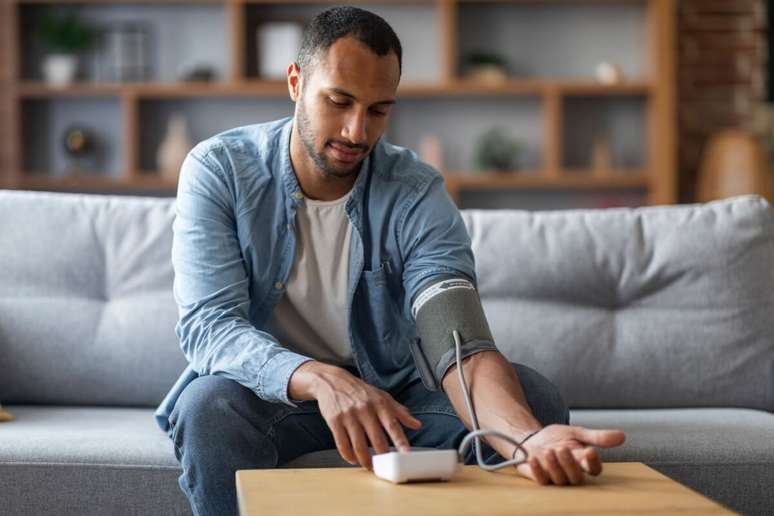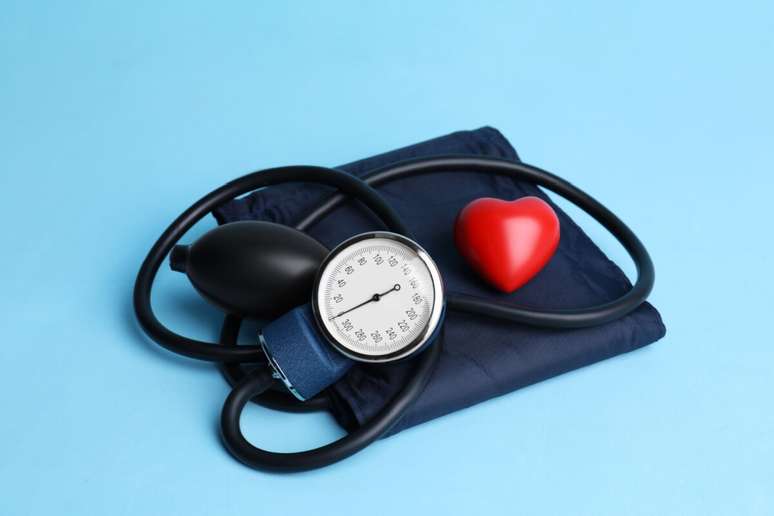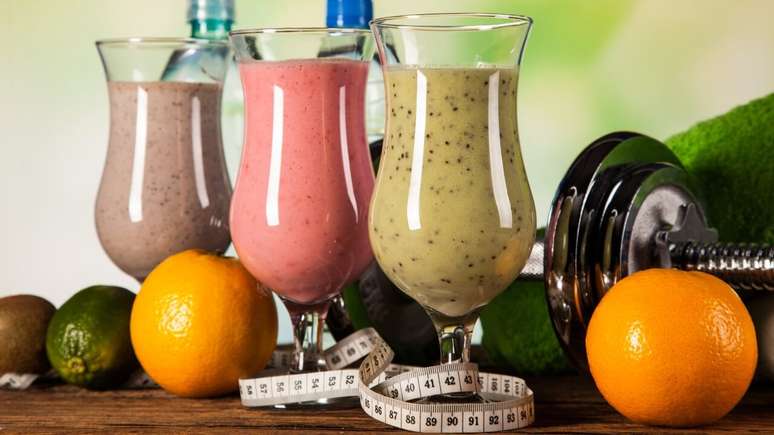Care of healthy food and habits help to avoid blood pressure
Hypertension, popularly known as hypertension, is one of the most common chronic diseases in Brazil and all over the world. The World Health Organization (WHO) estimates that over 1.28 billion people live. In Brazil, according to the National Health Survey (PNS), conducted by the Brazilian Institute of Geography and Statistics (IBGE), over 38 million Brazilians reported a medical diagnosis of high blood pressure in 2019.
According to Dr. Carlos Augusto Figueiredo Correia, from the area of the Medical Clinic Amarsa, there are two main types of hypertension. The primary is the most common and usually develops over the years without a specific identifiable cause; The secondary is associated with other health conditions, such as kidney disease, hormonal disorders or use of certain drugs.
Hypertension phases
In addition to the classification of hypertension according to its causes, the condition It can also be divided into different stages, based on the evolution of blood pressure levels:
- Pre -empire: When systolic blood pressure (higher measured value) varies between 120 and 129 mmhg and diastolic pressure (lower value) remains below 80 mmHg;
- Stage hypertension 1: It occurs when the systolic pressure is between 130 and 139 mmhg or diastolic intervals from 80 to 89 mmhg;
- Hypertension phase 2: It is characterized by systolic pressure values equal to or greater than 140 mmhg or 90 mmhg diastolic pressure;
- Hypertensive crisis: The situation considered serious, where systolic pressure exceeds 180 mmhgs or diastolic pressure is greater than 110 mmhg.
What does any number mean in the pressure measurement?
According to Dr. Carlos Augusto Figueiredo Correia, the number of blood pressure Indicate the strength that blood exerts on the walls of the arteries during circulation, always represented by two values. The first issue, called systolic pressure, corresponds to the pressure when the heart contracts to pump the blood – is the highest number in measurement, as “12” in the pressure popularly known as “12 per 8”. The second number, called diastolic pressure, represents the pressure in the arteries when the heart is at rest between the beats – is the smallest number, like the “8” in the same measurement.
Therefore, a pressure of 12 by 8 means that during the cardiac contraction, the blood pressure is 120 mmhg and at the time of relaxation, 80 mmHg. The values above 13 per 9 already illuminate a warning sign and can indicate the beginning of a hypertension, which is gradually aggravated as the numbers increase. When the pressure exceeds 18 by 11, the situation is considered a hypertensive crisis, which requires immediate medical treatment.

Hypertension among young people
Although it is even more common among adults and the elderly, hypertension has been worrying between young. A survey on the Brazilian company of cardiology reveals that about 10% of Brazilians between 18 and 24 years have already high levels of blood pressure.
Although generations with greater access to health and well -being information, many maintain harmful health habits, such as excessive consumption of energy drinks, the use of electronic cigarettes and constant exposure to digital stress, which contributes directly to the first emergency of the disease.
Symptoms and risks of hypertension
One of the greatest dangers of hypertension in any age group is that often has no obvious symptoms. This makes early diagnosis and strengthens the importance of periodic blood pressure measurements.
If present, symptoms can include headache, dizziness, cloudy vision, lack of breath and palpitations. In the long term, unchanged hypertension can compromise organs such as heart, kidneys and brain, increasing the risk of heart attack, stroke (stroke), heart failure and cognitive decline.
Main risk factors
Several elements increase the probability of developing high blood pressure. Among the main risk factors, lists of Carlos Augusto Figueiredo Correia:
- Family history of hypertension;
- Diet rich in sodium, fatty fats and foods;
- Obesity or overweight;
- Physical inactivity;
- Excessive consumption of alcohol;
- Smoke;
- Chronic stress and sleep disorders.
Prevention and control: the role of lifestyle
Although it does not have a cure, hypertension can be controlled with changes in lifestyle and, if necessary, with the use of medicines. With the progress of technology, the monitoring of blood pressure has become more convenient.
Mobile telephony applications connected to measuring devices allow real -time monitoring of pressure levels, helping in early diagnosis and adhesion to treatment. “Technology can be a great ally, provided that it is used responsibly and with the accompaniment of a health professional”, underlines the doctor.
Carlos Augusto Figueiredo Correia warns that one healthy It is one of the pillars in pressure control. “The sodium present in transformed and canned foods contributes directly to the increase in blood pressure. A balanced diet prescribed by a nutritionist is a determining factor in the prevention and control of this and so many diseases”, strengthens the professional.
Emotional factors and sleep quality also influence pressure levels. Practices such as regular physical activity, meditation, daily breaks and coherent sleep routine can help reduce stress impacts. “The creation of a routine with regular sleep and wakefulness time contributes to the balance of the body,” adds Correia.
Use of common medicines and errors
When the use of medicine It is necessary, it is essential that it is done with medical advice and continuously. A common mistake is to stop the treatment alone, which can cause complications. “Many patients abandon medicine while feeling good, and this is a great risk. The adhesion to the treatment and adoption of healthy habits are essential for pressure control,” concludes the doctor.
By Nayara Campos
Source: Terra
Ben Stock is a lifestyle journalist and author at Gossipify. He writes about topics such as health, wellness, travel, food and home decor. He provides practical advice and inspiration to improve well-being, keeps readers up to date with latest lifestyle news and trends, known for his engaging writing style, in-depth analysis and unique perspectives.









